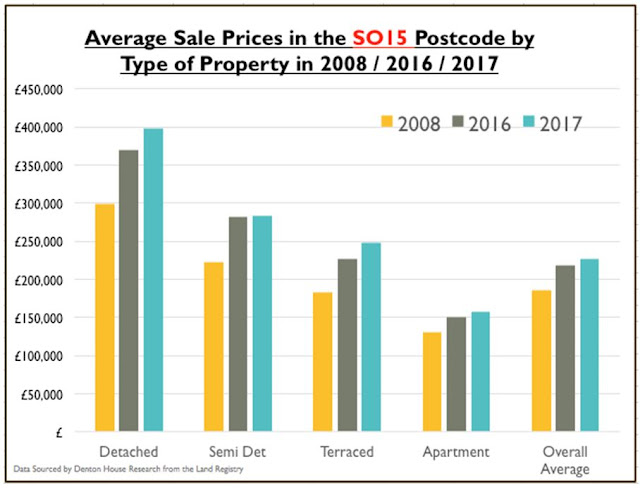As the winter months draw in and the temperature starts to
drop, keeping one’s home warm is vital. Yet, with the price of gas and electricity
rising quicker than a Saturn V rocket and gas, oil and electricity taking on
average 4.4% of a typical Brit’s pay packet (and for those Brit’s with the
lowest 10% of incomes, that rockets to an eye watering 9.7%), whether you are a
tenant or homeowner, keeping your energy costs as low as possible is vital for
the household budget and the environment as a whole.
For the last 10 years, every private rental property must
have an Energy-Performance-Certificate (EPC) rating. The property is given an energy rating (very
similar to those on washing machines and fridges with the rainbow coloured
graph) of between A and G, A being the most efficient and G the worst. New
legislation comes into force next spring (2018) for English and Welsh private landlords
making it illegal to let a property that does not meet a certain energy rating.
After the 1st of April next year, any new tenant moving into a
private rented property, or an existing tenant renewing their tenancy, must
have property with an energy performance rating of E or above on the property’s
EPC. The new law will apply for all prevailing tenancies in the spring of 2020.
After April 2018, if a landlord lets a property in the ‘F’ and ‘G’ ratings (i.e. those properties with the worst energy
ratings) Trading Standards could fine the landlord up to £4,000.
Personally, I have grave apprehensions that many Southampton
landlords may be totally unaware that their Southampton rental properties could
fall below these new legal minimum requirements for energy efficiency
benchmarks. Whilst some households may require substantial works to get their Southampton
property from an F/G rating to an E rating or above, my experience is most properties
may only need some minor work to lift them from illegal to legal. By planning
and acting now, it will mitigate the need to find tradespeople in the spring
when every other Southampton landlord will be panicking and paying top dollar
for work, in order to comply.
Whilst there is money and effort involved in upgrading the
energy efficiency of rental property, a property that is energy efficient will
have greater appeal to tenants and other buy-to-let landlords/investors and
this will enable you to obtain higher rents and sale price (when you come to sell your investment).
So, how many properties are there in the area that are F and
G rated... well quite a few in fact. Looking at the whole of the Southampton
City Council area, of the 24,449 privately rented properties, there are...
662 rental properties in the F banding
148 rental properties in the G banding
That means just over one in 30 rental properties in the Southampton
and surrounding area has an Energy Performance Certificate (EPC) rating of F or
G. From April next year it will be illegal to rent out those homes rated F and
G homes with a new tenancy.
Talking with the Energy Assessors that carry out our EPC’s,
they tell me most of a building’s heat is lost through draughty windows/doors or
poor insulation in the roof and walls. So why not look at your EPC and see what
the assessor suggested to improve the efficiency of your property? I can find
the EPC of every rental property in Southampton, so irrespective of whether you
are a client of mine or not, don’t hesitate to contact me via email (or phone)
if you need some guidance on finding out the EPC rating or need a trustworthy
contractor that can help you out?
If you are looking for an agent that is well established, professional andcommunicative, then contact us to find out how we can get the best out of your investment property.
Email me on brian.linehan@belvoirlettings.com or call on 023 8001 8222.
Don't forget to visit the links below to view back dated deals and Southampton Property News.
Twitter, https://twitter.com/sotonbelvoir
LinkedIn, https://www.linkedin.com/in/brianlinehan
LinkedIn, https://www.linkedin.com/in/brianlinehan











